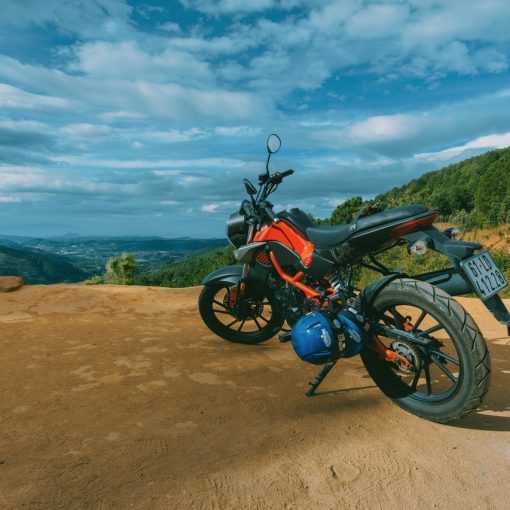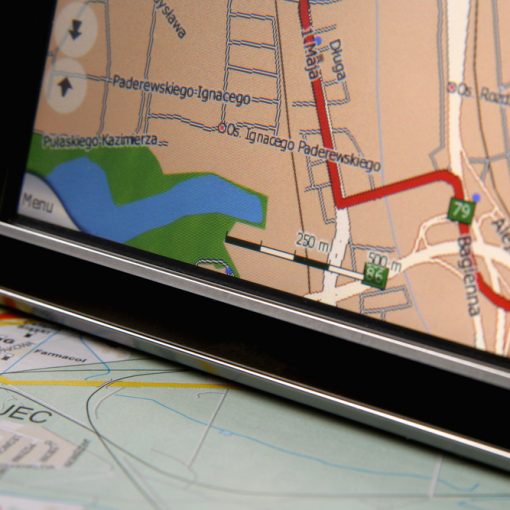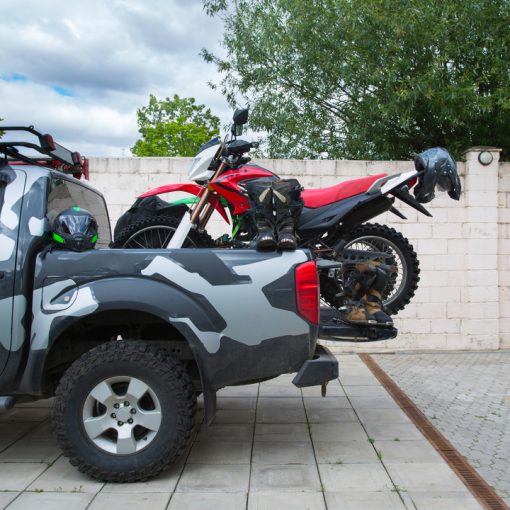Regular bikes that require manual medaling only go as fast as you pedal. The more energy you put in, the more speed you get out, giving you control over how fast you want to go (with-in your limits). Unlike a traditional bike, electric bikes are a bit different.
One of the most frequently asked questions concerning E-bikes is about their speed. The first thing to remember is that even though E-bikes have a motor, they are still bicycles and not scooters.
In the U.S., E-bike motors can have a maximum of 500 watts and assist up to 20 mph (32km/h). There are also E-bikes that support up to 45km/h (28 mph). These are referred to as pedelecs
In terms of electric bikes, how fast do electric bikes go? Electric bike motors are programmed for a specific maximum speed. Unlike MTBs or road bikes, an e-bike comes with a motor that can optimize your speed when riding. An average electric bike may be as fast as 20mph. However, electric bikes can only go as fast as 28mph and do not go more than this figure. Even the most powerful electric bikes will only limit the motor to 28mph.
An E-bike can surpass the speed of its support level, but the motor stops supporting you when you reach the max speed limitation. Bottom line, you have the power to reach a speed that is suitable for your own style of riding. You can push your own limits to go faster than the maximum supported speed, or you can rely on the motor to keep you rolling at speeds within the maximum support level.
Pedal Assist Motor
If you are pedaling, you can go as fast as you are able to pedal it. However, most bikes stop providing electric assist while pedaling at 20 mph (Class 1 and Class 2 ebikes). Some electric bikes will provide assist going at speeds up to about 28 mph (=45 kilometers per hour – Class 3 ebikes). Gazelle only makes class 1 and class 3 bikes.
Different Classes of Electric Bikes & How Fast Do Electric Bikes Go
E-Bike Classifications:
One of the most common questions we get from customers is related to speed regulations in their city and state. Many states in the United States utilize a three class system for e-bike regulations, but it’s important to always check your most current local e-bike laws (they are rapidly changing from state to state). Here is some helpful information on e-bike speed classifications:
In the United States, electric bikes are categorized into three classes. Classifying electric bikes as either Class 1, Class 2, or Class 3. The said category is based on the bike’s wattage, speed, and operation.
1. Class 1
Electronic bikes classified under Class 1 have a motor that can only function once you start pedaling. Once you push the pedal, the motor will provide assistance. The bikes with this category have the so-called pedal-assist mode. Meaning, your bike cannot fully operate even with electricity if you do not put in the pedal action in a pedal assist mountain bike. This class is PEDAL ASSIST ONLY and tops off at 20 mph and no throttle. Pedal power can greatly effect the assistance of the motor.
Under this classification, you can enjoy an e-bike speed of 20mph, while the maximum motor wattage is up to 750W. With Class 1 electric bikes, you can enjoy longer mileage and can preserve battery power too.
These are best suited for a quick stroll through the countryside, commuting to work or cruising on a leisurely outing.
2. Class 2
Bikes with both pedal assist and throttles are classified under class 2. These e-bikes feature a THROTTLE and maxes out at 20mph. You can enjoy a speed of 15 miles per hour in full electricity or electric bike top speed of 24 miles per hour using the pedal assist. Most women’s bikes available today are in the Class 2 classification.
When the throttle is used, the e-bike can be propelled without the rider pedaling - similar to a motorcycle. In the USA the regulations state that the maximum speed allowed in this kind of operation is 20mph although the e-bike may be technically capable of going faster than 20mph.
Although these aren’t the fastest electric bikes, with a top speed of 20mph this will give you that rush of wind and get you where you want to go quickly.
3. Class 3
Under this classification, electric bikes may not need throttles but come with upgraded motors. A class 3 ebike features Pedal Assist only and tops off at 28mph. Due to higher top speed and high power, class 3 e-bike has, they are restricted from certain bike trails and bike paths.
Most e-bikes in this category have 750W motors. With the higher wattage you can travel up to 28mph full speed when you choose an electric bicycle in Class 3.
Class 3 e-bikes allow the bike to assist riders up to a speed of 28 mph when the rider is turning the pedals. When the e-bike reaches 28 mph, the motor assistance will be reduced until a speed of 28 mph or lower is maintained. Class 3 is a much more enjoyable way to experience the e-bike as it is closer to the speed a fit cyclist can achieve without motor assistance.
Electric bikes with this kind of classification have specific rules and regulations, as well. Due to the speed generated by the bike, only ages 17 and above are allowed to use Class 3 electric bikes. You might need motor licensing and other requirements with Class 3 e-bikes in your state or local.
Whether you're on a sporty jaunt through the countryside, commuting to work or cruising on a leisurely outing, the class 3 offers's more power and reaches speeds not possible in the lower class counterparts.
Quick Tips To Get The Most Speed Out Of Your Electric Bike.
Tire Pressure
Make sure that your e-bike has it's tires properly inflated. As simple as this seems, a little loss in pressure can dramatically decrease speed. A quick top off at the manufactures recommended PSI can give you a quick boost if you are low. Check the side of the tire for your e-bikes tires PSI.
Battery capacity
Without going into too much confusing detail, Voltage is what pushes ( speed ) the flow of electric energy, while Amps is a measure of Force. Typically, higher Voltage electric bikes go faster, while higher Amps require thicker gauge wires and/or more powerful and larger battery packs. Combination of Volts and Amps equal Watts. Upgrading your battery may give you an extra boost!
Last Remarks
Keep in mind that the bike frame can impact speed. The larger e-bike frames look cool, but they can weigh down the small hub motors especially at high speeds. Speed depends on many factors such as the electric power of the motor, if it has a hub motor, the electric assistance, weight of the user, additional weight on the frame, the class of e-bike, the battery capacity. The good news is, all electric bikes are less effort than the laborious pedaling of a regular bike...!




